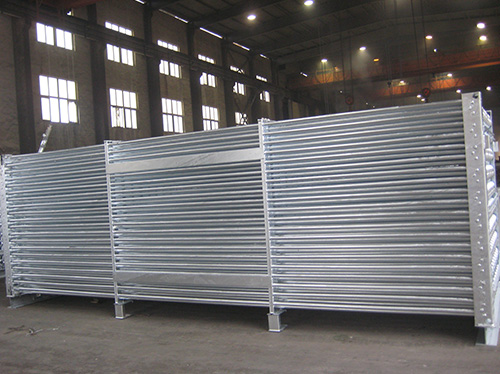
Anshan yongfeng hot galvanizing co. LTD
Marketing: 15040762557
Customer service hotline: 0412-848267
Company email: 1123927151@qq.com
Company website: m.xdqplus.com
Company address: anqi road 34, dadao bend industrial park, anshan city
The current domestic technology of hot galvanizing alloy passage is very simple, zinc alloy is produced zinc smelter, simply add a medium frequency coreless induction furnace for intermediate alloy, the original high power induction furnace for melting zinc is modified, open a hole in the middle of the roof and increase a stirring device, match into the intermediate alloy after measuring, mixing, casting.
This mode of production is characterized by simple process, easy to be modified by using existing ingot melting furnace, and widely adopted by zinc smelting plants. However, this process has several shortcomings:
According to the heating characteristics of the core-induction furnace, the melting furnace can only work. That is, the minimum height of the metal liquid surface in the furnace must ensure that the induction channel can be submerged induction body. As a result, only about 1/3 of the zinc alloy can be cast each time (i.e. the remaining metal liquid level is guaranteed to be above the starting melting height), the zinc plate must be added to melt, and the next batch melting shall be prepared again. When the alloy is prepared, stirred and analyzed in front of the furnace, the heating or heat preservation can only be stopped. The continuous melting advantage of the high power induction furnace cannot be brought into play.
As the diameter of stirring blade is restricted by the opening aperture on the top (affecting thermal efficiency), the effect of small range stirring on the rectangular furnace is limited. Therefore, insufficient stirring and the ferrifying effect of blade have negative effects on the uniformity of composition and the requirement of iron content.
When it is necessary to change the alloy varieties, it is a time-consuming and costly work to wash the furnace with a large capacity core induction furnace. When changing the alloy elements, the cleaning furnace needs a long continuous operation to complete.
The temperature is lowest when a large amount of zinc plate is added into the molten alloy, which requires high power temperature rise. When the intermediate alloy is added, the temperature needs to be raised to the highest level, which is not conducive to the control of energy consumption and metal burning loss.
